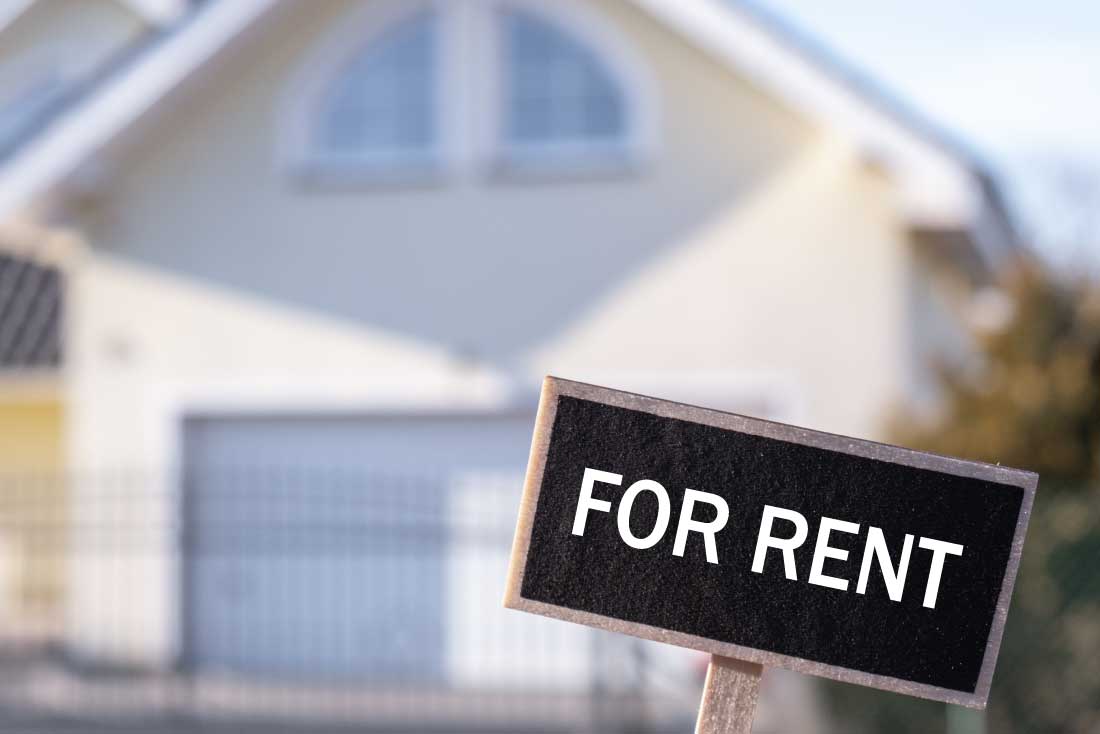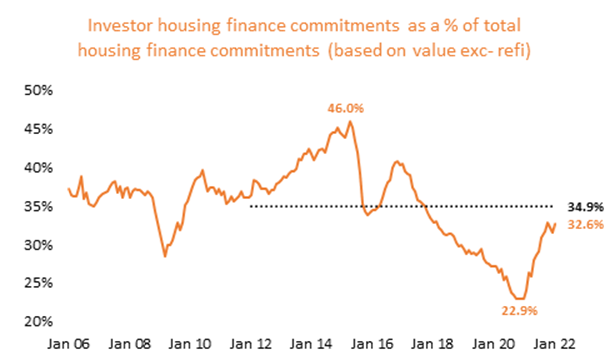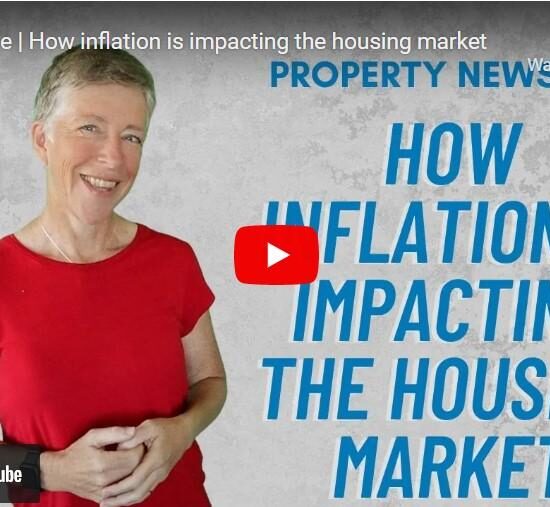
By Kate Hill, Adviseable
New data released recently has confirmed the critical undersupply of rental properties around the nation.
According to SQM Research, the national residential rental vacancy hit just one per cent in March – the lowest level in 16 years.
The last time the national vacancy rate was this low, “Kevin07” wasn’t even a thing yet!
To understand what this metric really means it’s vital to know that the equilibrium point of supply and demand in the rental market is generally considered to be three per cent.
This means that a vacancy rate of one per cent is deep within critical undersupply territory. Some cities and major regional areas have vacancy rates of 0.5 per cent and Adelaide has just recorded the lowest vacancy rate ever tracked in a capital city, all of which is just an astoundingly bad situation for renters.
How did we get here?
The rental crisis actually began more than five years ago – in 2017 – prior to the last Federal Election.
At the time, the central bank and the financial regulator, APRA, were “concerned” about the strong property price growth that had occurred in Sydney over recent years. Of course, Harbour City real estate is significantly higher now than it was then but whatever…
They were so concerned that they developed lending restrictions to seemingly slow down that one particular market. The interesting thing was they instigated these restrictions nationwide… sigh!
Fundamentally, it meant that it was much more difficult for investors to secure finance because of a reduction in interest-only loans as well as higher interest rates on investment mortgages.
The end result was plummeting investor activity – a situation that stayed that way for four years and potentially meant thousands upon thousands of rental properties were never added to the rental pool.
Indeed, according to CoreLogic analysis, investors comprised 32.6 percent of mortgage demand by value in January 2022, which was up from a recent record low of 22.9 per cent in 2020, but still below the decade average of 34.9 per cent.
If these lending restrictions weren’t enough, there was the political mudslinging about negative gearing before the 2019 Federal Election, which kept even more investors on the sidelines.
As the graph above illustrates, the volume of investor activity kept falling until the first year of the pandemic, when vacancy rates temporarily spiked and it looked like government’s were asking investors to “take one for the team” at one stage and allow tenants to live rent-free in their properties.
Of course, none of this inspired any confidence in the investor market, plus there has been declining dwelling construction, and soaring material and construction costs because of supply chain issues.
Since the start of COVID, sadly, we have also seen separation and divorce rates rise, too, which has increased the numbers of sole person and single parent households. That is, the family who lived in one property, now potentially live in two, further reducing the supply of rental stock.
Likewise, owner occupier buyers were at record levels over the past year or two, and many were purchasing properties that were formerly in the rental pool – especially in some locations where price growth had been negligible for years so investors took the opportunity to offload some of their holdings when prices were rising.
Now, we have the imminent return of hordes of overseas migrants, possibly at record levels, but the question must be asked: Where the heck are they going to live?
It is for all of these reasons that the critical undersupply of rental properties is a serious situation that is going to persist for the foreseeable future – and when I say that, I mean, the next few years and not the next few months. One can only wonder how bad it is going to get before then.








